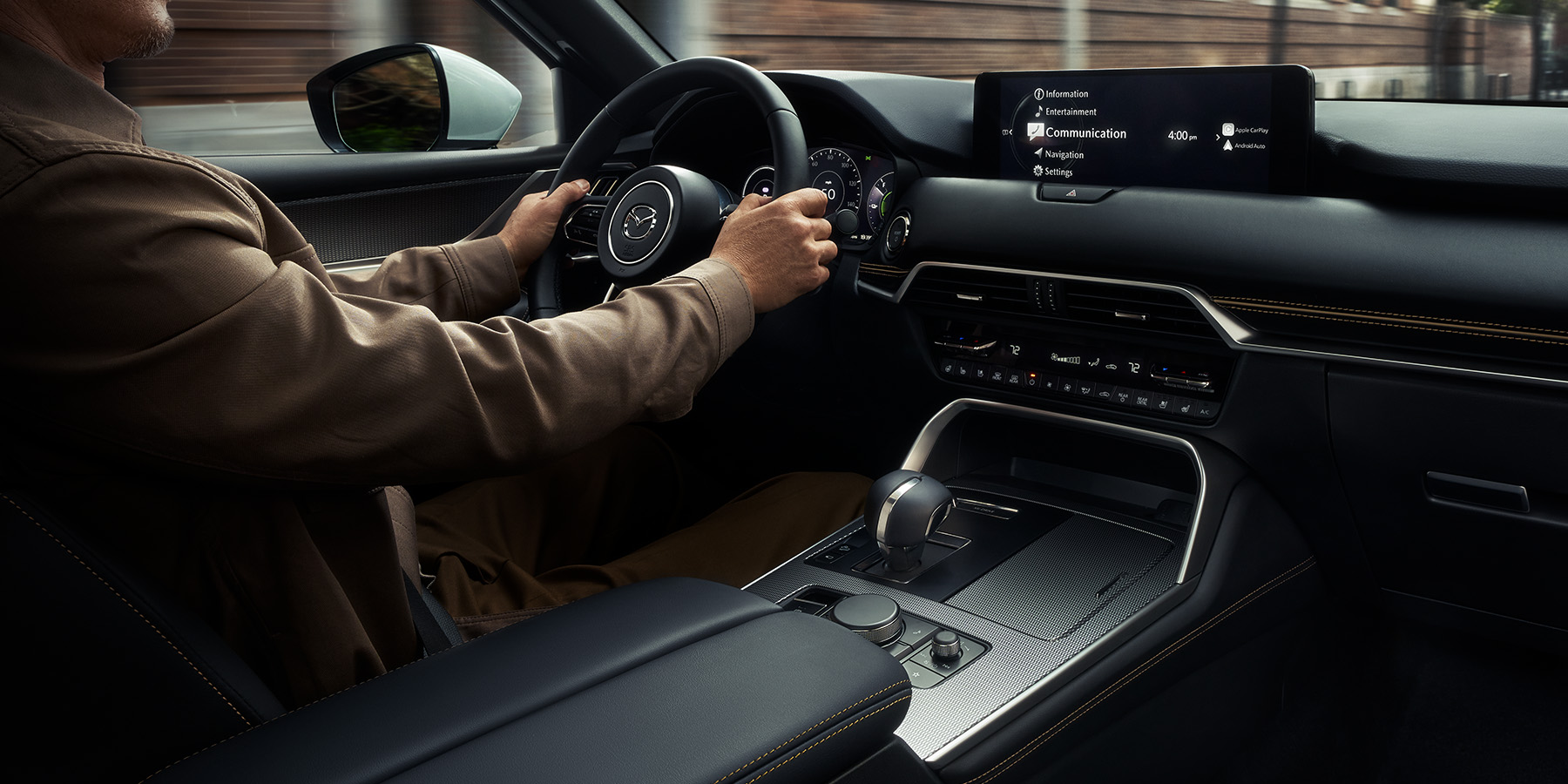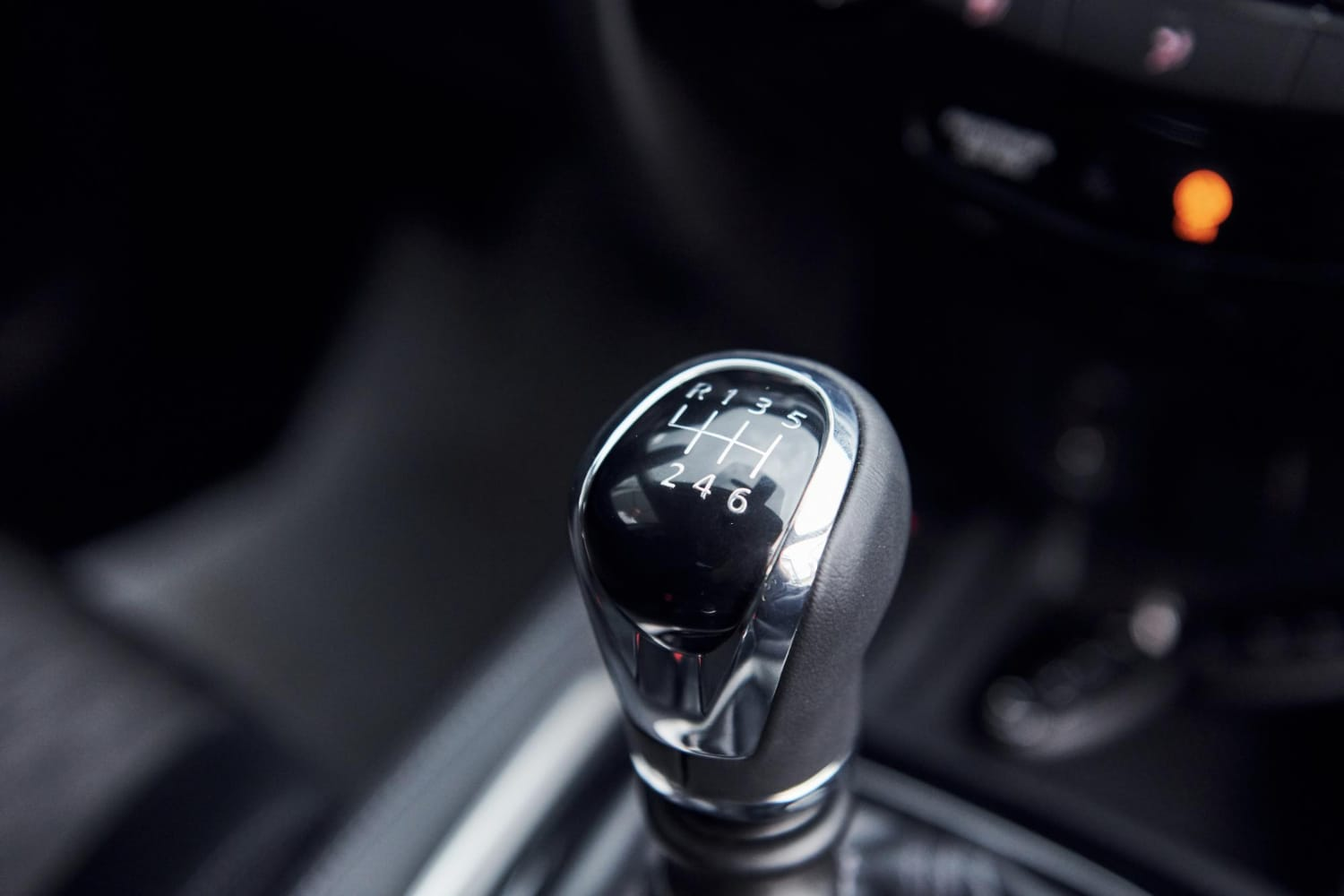
Parking assistance technologies have revolutionized the way drivers navigate and park their vehicles, leveraging sensors, cameras, and automated systems to enhance convenience, safety, and efficiency. This article delves into the evolution, features, benefits, and future trends of parking assistance technologies, highlighting their significant impact on modern vehicles and driving experiences.

Evolution of Parking Assistance Technologies:
- Early Parking Sensors: The development of parking sensors in the late 20th century marked the beginning of parking assistance technologies. These sensors, typically mounted on bumpers, detect obstacles near the vehicle and alert drivers through audible or visual signals, aiding in parking in tight spaces.
- Rearview Cameras: In the early 2000s, rearview cameras became standard in many vehicles, providing drivers with a live video feed of the area behind the vehicle when reversing. This visual aid significantly improves visibility and helps drivers maneuver safely into parking spots.
- Advanced Parking Systems: Today’s parking assistance technologies integrate sensors, cameras, and automated parking systems to provide comprehensive support for both parallel and perpendicular parking maneuvers. Automated systems can control steering, throttle, and braking, guiding the vehicle into parking spaces with minimal driver input.
Features of Parking Assistance Technologies:
- Parking Sensors: Ultrasonic or radar-based sensors detect nearby obstacles and measure distances, alerting drivers through audible beeps or visual indicators displayed on the dashboard or infotainment screen.
- Rearview Cameras: Rearview cameras offer a wide-angle view of the area behind the vehicle, displaying guidelines that help drivers align their vehicle with parking spaces and avoid collisions with objects or pedestrians.
- 360-Degree Camera Systems: Some vehicles are equipped with 360-degree camera systems that provide a bird’s-eye view of the vehicle’s surroundings. This panoramic view aids in maneuvering in tight spaces and enhances spatial awareness during parking.
- Automated Parking Systems: Automated parking systems use sensors and cameras to scan the environment and identify suitable parking spaces. The system then takes control of steering, acceleration, and braking to maneuver the vehicle into the parking spot accurately. Drivers only need to engage gears and monitor the process.
Benefits of Parking Assistance Technologies:
- Enhanced Safety: Parking sensors and cameras reduce the risk of collisions by alerting drivers to nearby obstacles that may not be visible in mirrors. Automated parking systems further enhance safety by minimizing human error during parking maneuvers.
- Improved Maneuverability: Parking assistance technologies enable drivers to navigate into tight spaces with greater precision and confidence, reducing the stress and frustration associated with parking in crowded urban areas or narrow parking lots.
- Time and Fuel Efficiency: Efficient parking maneuvers save time and reduce fuel consumption, as drivers spend less time circling in search of parking spaces or making multiple attempts to park.
- Accessibility: Parking assistance technologies benefit drivers of all experience levels, including those with limited mobility or spatial awareness challenges, by providing intuitive aids for safe and efficient parking.
Future Trends in Parking Assistance Technologies:
- Automated Valet Parking: Future advancements may include automated valet parking systems that enable vehicles to park themselves in designated areas without requiring driver supervision. These systems will rely on advanced sensors, AI algorithms, and vehicle-to-infrastructure (V2I) communication.
- Enhanced Sensor Fusion: Integration of multiple sensor technologies (e.g., radar, cameras, lidar) will improve accuracy and reliability in detecting obstacles and determining parking space dimensions, enhancing overall parking assistance system performance.
- Augmented Reality (AR) Parking Guidance: AR overlays on camera displays or heads-up displays (HUDs) will provide real-time visual guidance, indicating optimal parking paths and avoiding collisions with virtual markers overlaid on the vehicle’s surroundings.
Conclusion:
Parking assistance technologies have evolved from simple sensors to sophisticated systems incorporating cameras and automated parking capabilities, significantly improving convenience, safety, and efficiency for drivers.

As technology continues to advance, future trends such as automated valet parking and augmented reality guidance will further enhance the capabilities of parking assistance systems, offering drivers seamless and stress-free parking experiences. Embracing innovation and integration with connected vehicle ecosystems will be crucial in realizing the full potential of parking assistance technologies in modern vehicles.





